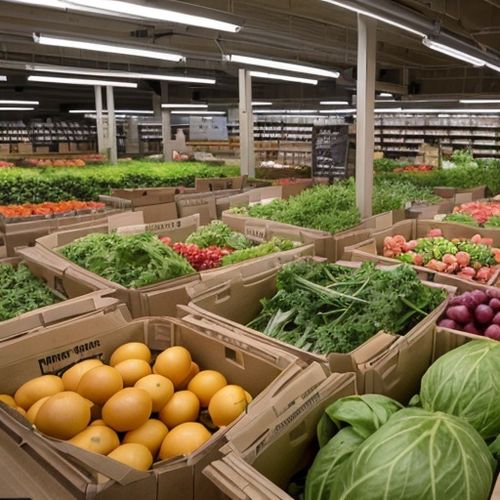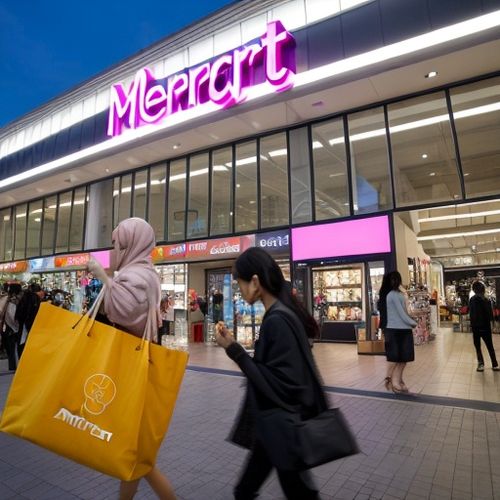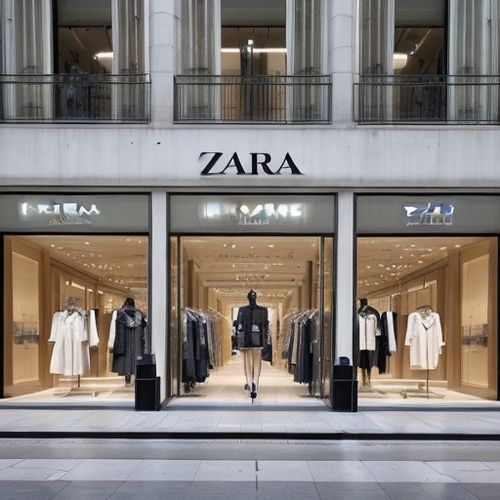Major European luxury conglomerates are undergoing a fundamental reassessment of their China market strategies as the post-pandemic recovery trajectory diverges sharply from initial projections. What many anticipated as a robust resurgence in 2023-2024 has instead revealed structural shifts in Chinese consumer behavior that demand strategic realignment from luxury players accustomed to double-digit growth.
Revised Growth Forecasts
LVMH, Kering, and Richemont have collectively adjusted their China revenue projections downward by 18-22% for 2024, marking the most significant correction since the 2015 anti-corruption crackdown. The revisions reflect not just short-term economic headwinds but a recognition that China's luxury market has entered a new phase of maturation. Where analysts once predicted Chinese consumers would account for 40% of global luxury spending by 2025, most houses now expect this milestone to be delayed until at least 2027.
Geographic Rebalancing
Luxury groups are shifting investment from tier-1 megacities to emerging upper-tier-2 locales where aspirational spending remains strong. Chengdu and Hangzhou are seeing increased boutique openings at the expense of Shanghai's saturated market. More significantly, European players are accelerating "China-for-China" product strategies—designing exclusive collections that cater to local aesthetics rather than simply importing global bestsellers. This represents a marked departure from the universalist approach that dominated pre-pandemic thinking.
Consumer Segmentation Shifts
The traditional reliance on young, status-driven shoppers is giving way to more nuanced targeting. Luxury houses now identify three distinct Chinese consumer cohorts: post-90s digital natives cutting discretionary spending, affluent over-40s prioritizing experiential luxury, and an emerging upper-middle-class segment trading up from premium brands. This fragmentation requires tailored communication strategies that transcend the one-size-fits-all influencer marketing of previous years.
Digital Ecosystem Overhaul
The golden era of blanket WeChat mini-program sales is fading as luxury brands confront China's evolving digital landscape. Douyin's livestream commerce now delivers better conversion for entry-level luxury, while Xiaohongshu dominates high-consideration purchases. European groups are being forced to decentralize their digital operations, with some appointing separate teams for each platform—a costly but necessary adaptation to China's balkanized social commerce environment.
Pricing Strategy Adjustments
The historic price gap between China and Europe (once 30-40% higher domestically) is being systematically reduced to 15-20% through selective price cuts and VAT refund promotions. This narrowing reflects both reduced import tariffs and a strategic effort to recapture overseas spending from Chinese travelers. Some brands are experimenting with dynamic pricing models that adjust for regional spending power within China itself—a delicate balancing act given the public sensitivity to price discrimination.
Experiential Investment Pivot
Flagship stores are being reimagined as cultural hubs rather than transactional spaces. Louis Vuitton's recently opened Chengdu Maison incorporates tea ceremony rooms and contemporary art galleries, while Prada hosts literary salons in its Shanghai locations. This shift acknowledges that Chinese consumers now value cultural capital as much as conspicuous consumption—a transformation accelerated by the pandemic's introspection period.
Secondhand Market Implications
Luxury groups are cautiously engaging with China's booming pre-owned market, which grew 38% YoY despite the overall slowdown. Rather than fighting platforms like Feiyu and Ponhu, some brands are exploring certified pre-owned programs that maintain control over product lifecycle. This represents a fundamental rethink of exclusivity principles that once dominated luxury playbooks.
Political Risk Reassessment
The "common prosperity" policy framework continues to subtly influence luxury strategies. Overt displays of wealth have become more restrained, prompting brands to emphasize craftsmanship narratives over ostentation. Corporate social responsibility initiatives now focus on rural revitalization projects that align with national priorities—a sharp contrast to the global sustainability messaging favored elsewhere.
Supply Chain Localization
Behind the scenes, luxury groups are building parallel supply chains to mitigate geopolitical risks. Italian tanneries are establishing joint ventures in China's leather hubs, while Swiss watchmakers develop localized component networks. This "China-resilient" operational model aims to maintain premium positioning while insulating against potential trade disruptions.
The luxury industry's China reset reflects a broader recognition that the market's next phase will reward nuanced understanding over brute growth tactics. Success will depend on balancing global brand DNA with hyper-local relevance, premium exclusivity with digital accessibility, and short-term pragmatism with long-term brand building. As Chinese consumers evolve from homogeneous spenders to sophisticated arbiters of value, European luxury houses must demonstrate similar adaptability—or risk losing their privileged position in the world's most complex luxury ecosystem. The coming years will test whether storied maisons can reinvent their China playbook without diluting the very heritage that made them desirable in the first place.

By William Miller/Mar 31, 2025

By Rebecca Stewart/Mar 31, 2025

By Natalie Campbell/Mar 31, 2025

By Olivia Reed/Mar 31, 2025

By Amanda Phillips/Mar 31, 2025

By Michael Brown/Mar 31, 2025

By Lily Simpson/Mar 31, 2025

By Natalie Campbell/Mar 31, 2025

By Christopher Harris/Mar 31, 2025

By Eric Ward/Mar 31, 2025

By Daniel Scott/Mar 30, 2025

By Thomas Roberts/Mar 30, 2025

By Natalie Campbell/Mar 30, 2025

By Rebecca Stewart/Mar 30, 2025

By James Moore/Mar 30, 2025

By Benjamin Evans/Mar 30, 2025

By Michael Brown/Mar 30, 2025

By John Smith/Mar 30, 2025

By John Smith/Mar 30, 2025

By Victoria Gonzalez/Mar 30, 2025